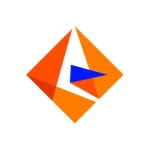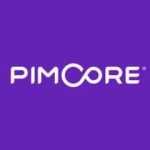
Stibo STEP MDM Primary Use Case
Our use case is based on the master data profile for customers and certain regulatory instances specific to Brazil. We used Stibo STEP MDM to create and manage the records for these datasets.
View full review »We are using the PMDM right now to organize our product information management and our digital assets, and so far, so good.
We have a huge catalog to manage and a lot of sources to acquire data. We are using the MDM to be a sensor domain to organize those data. We need to duplicate and we need to match products with different versions and different data and attributes. Right now, we are using Stibo to help us organize those kinds of challenges. Next month, we are going to use Stibo to organize our customer data. Right now, we are using it to organize and centralize our catalog.
View full review »Basically, the solution enables us to have master data management for product information or for products. We are a wholesaler with multiple companies within the group, and STEP enables us to manage cross-company products that are used by one or more companies in a very detailed way. It is handling market standards like ETIM.
The main use-case is to enable us to get data from all possible data sources like vendors and data pools, for instance, to enrich the product information both with assets, as well as attributes. We can now manage the data properly and distribute the product information data that we have to different channels.
Buyer's Guide
Stibo STEP MDM
October 2025
Learn what your peers think about Stibo STEP MDM. Get advice and tips from experienced pros sharing their opinions. Updated: October 2025.
872,655 professionals have used our research since 2012.
We use of all of the features of Stibo STEP MDM from the creation of a product till the publication of that product.
View full review »Buyer's Guide
Stibo STEP MDM
October 2025
Learn what your peers think about Stibo STEP MDM. Get advice and tips from experienced pros sharing their opinions. Updated: October 2025.
872,655 professionals have used our research since 2012.











